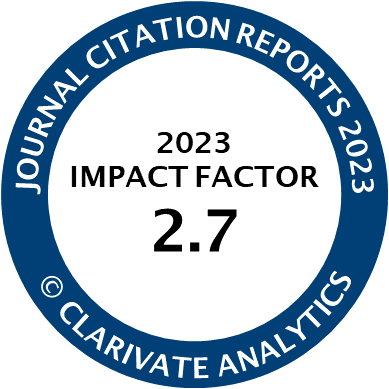Article | Open Access
What a Girl Wants, What a Girl Needs: Analyzing Postfeminist Themes in Girls’ Magazines
| Views: | 3729 | | | Downloads: | 2742 |
Abstract: Girls’ magazines play an important role in the maintenance of gender perceptions and the creation of gender by young girls. Due to a recent resurgence within public discussion and mediated content of feminist, postfeminist, and antifeminist repertoires, centered on what femininity entails, young girls are growing up in an environment in which conflicting messages are communicated about their gender. To assess, which shared norms and values related to gender are articulated in girl culture and to what extent these post/anti/feminist repertoires are prevalent in the conceptualization of girlhood, it is important to analyze magazines as vehicles of this culture. The current study analyzes if and how contemporary postfeminist thought is articulated in popular girl’s magazines. To reach this goal, we conducted a thematic analysis of three popular Dutch teenage girls’ magazines (N = 27, from 2018), Fashionchick, Cosmogirl, and Girlz. The results revealed that the magazines incorporate feminist, antifeminist, and as a result, postfeminist discourse in their content. The themes in which these repertoires are articulated are centered around: the body, sex, male–female relationships, female empowerment, and self-reflexivity. The magazines function as a source of gender socialization for teenage girls, where among other gendered messages a large palette of postfeminist themes are part of the magazines’ articulation of what it means to be a girl in contemporary society.
Keywords: feminism; gender; girl magazines; postfeminism; The Netherlands
Published:
Issue:
Vol 9, No 2 (2021): Gender and Media: Recent Trends in Theory, Methodology and Research Subjects
© Marieke Boschma, Serena Daalmans. This is an open access article distributed under the terms of the Creative Commons Attribution 4.0 license (http://creativecommons.org/licenses/by/4.0), which permits any use, distribution, and reproduction of the work without further permission provided the original author(s) and source are credited.




